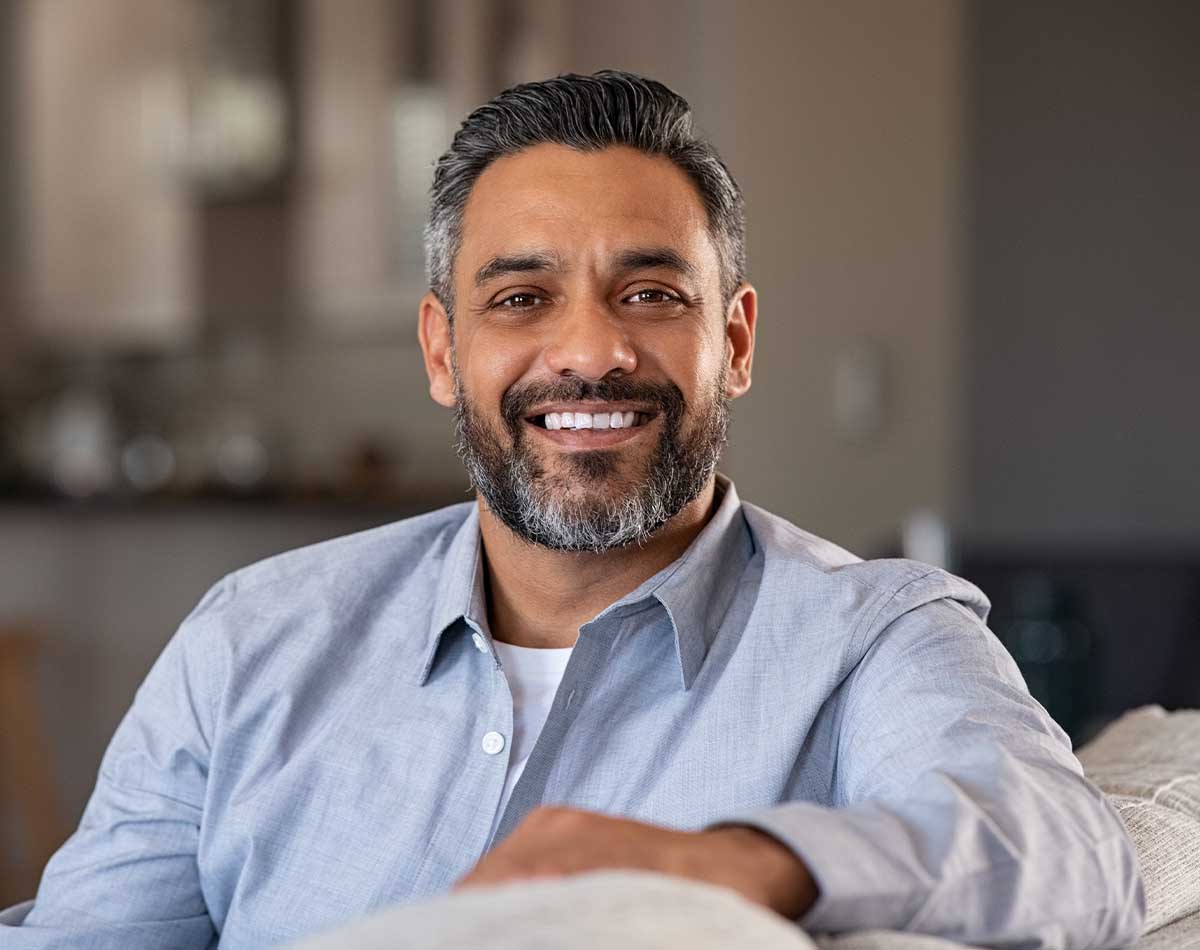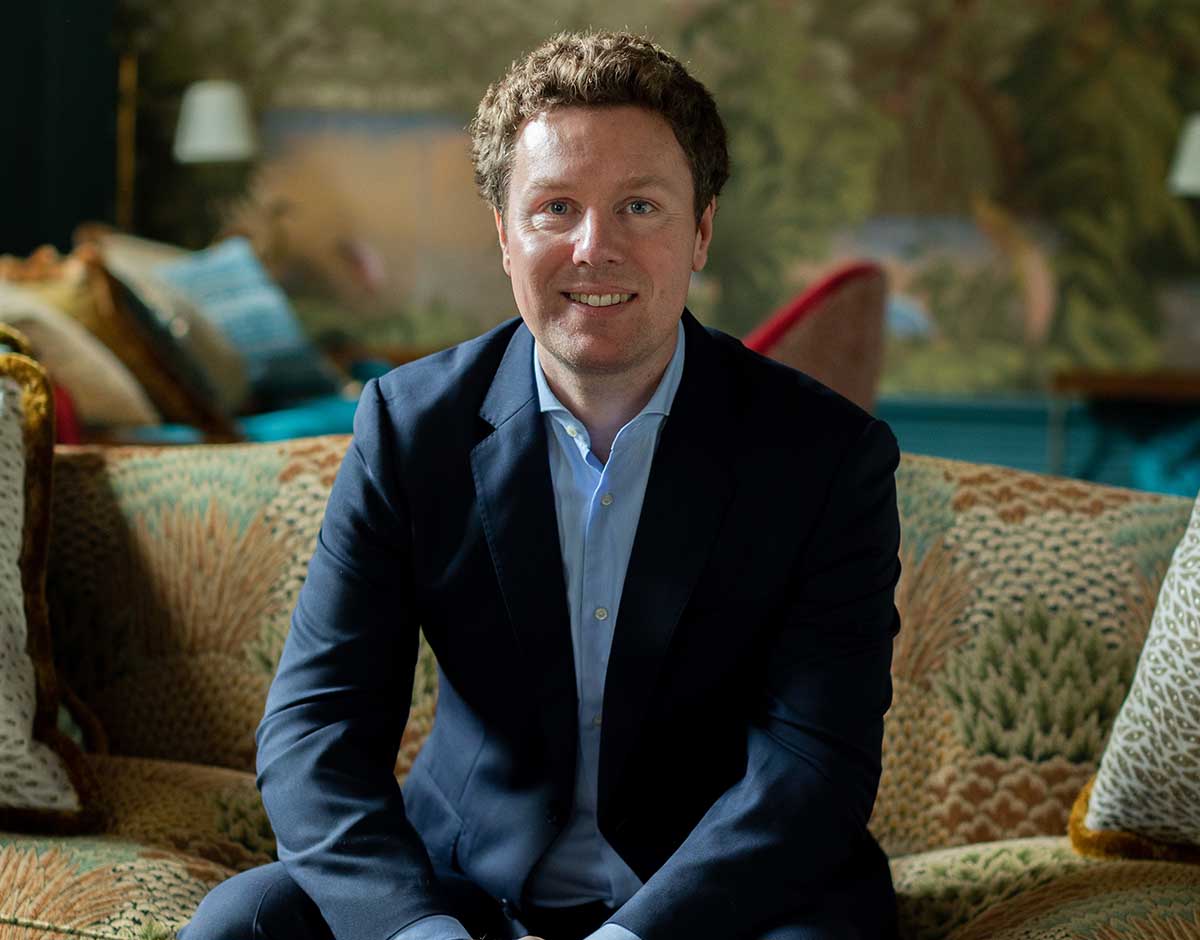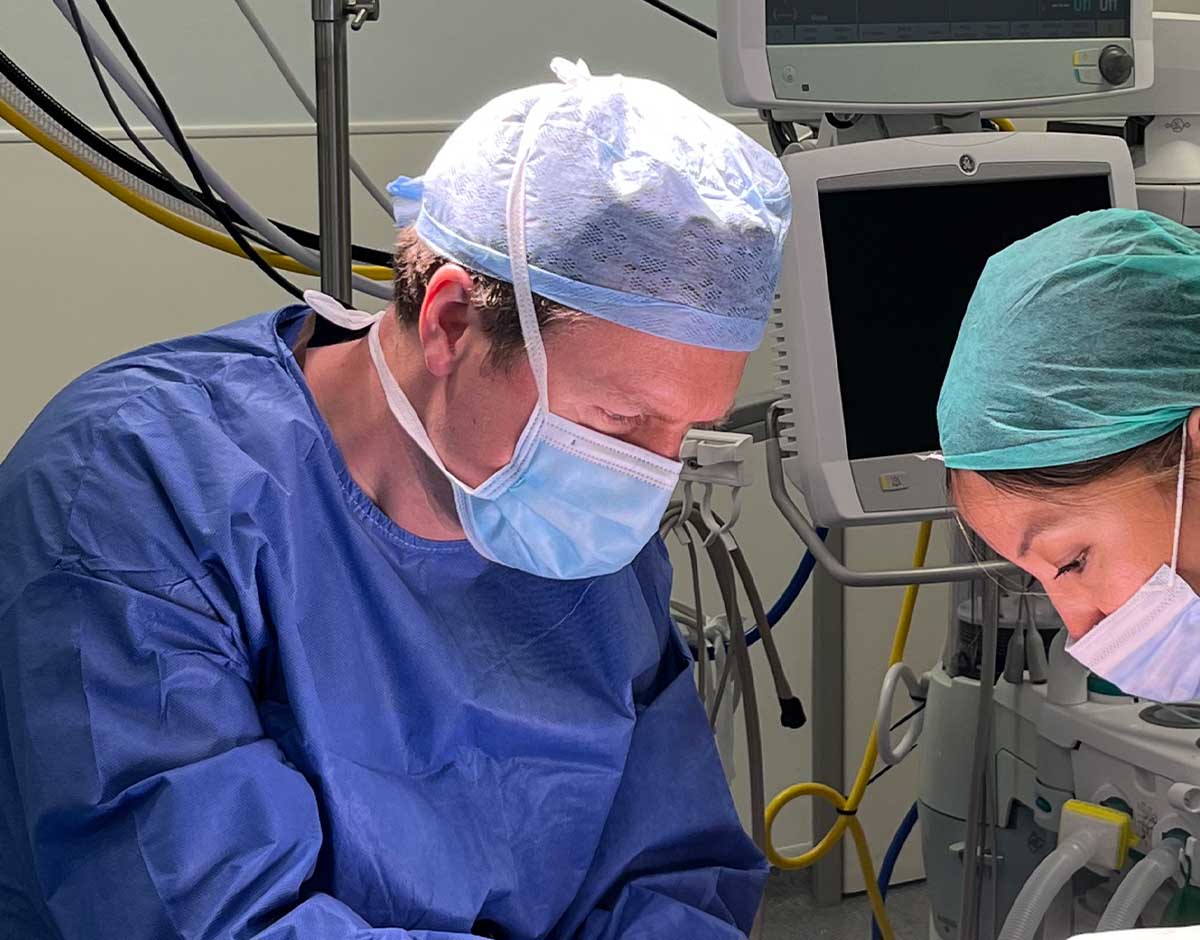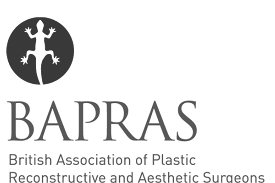-
What is abdominoplasty surgery?
Abdominoplasty surgery involves the removal of excess skin and fat from the abdominal area and the tightening of the underlying muscles. This surgery can be ideal for individuals who have experienced significant weight loss or multiple pregnancies and are left with loose, sagging skin and weakened abdominal muscles. This procedure can help create a smoother, firmer abdominal profile and improve your overall body contour.
-
Who is abdominoplasty surgery suitable for?
Women who have given birth and are struggling with excess skin and weakened, separated abdominal muscles (rectus divarication) are the most frequent candidates, however weight loss is another frequent cause in both men and women.
-
What happens at your first abdominoplasty surgery appointment?
The purpose of this appointment is to discuss your goals and expectations, as well as have Jonathan assess your overall health and suitability for the procedure. Jonathan will ask about your medical history, including any previous surgeries, or medical conditions, that may affect the outcome of the abdominoplasty. He’ll also conduct a physical examination, evaluating the elasticity of your skin, the extent of excess fat and tissue in the abdominal area, separation of the rectus muscles and presence of any hernias.
-
How painful is abdominoplasty surgery?
While the surgery itself is performed under general anaesthetic, it is normal to experience some pain and discomfort during the recovery period. Jonathan will prescribe pain medication to manage any discomfort and provide instructions for post-operative care to promote healing and minimise pain.
-
How long does abdominoplasty surgery take?
On average, abdominoplasty surgery takes 2 to 3 hours to complete. However, this timeframe may be longer or shorter depending on the individual case.
-
What results can I expect from my abdominoplasty surgery?
Patients can expect to achieve a flatter and more toned abdomen. The procedure can also help to reduce the appearance of stretch marks and create a more youthful-looking midsection. It is important to have realistic expectations and understand that the outcome of abdominoplasty will not be immediately visible due to initial swelling and bruising.
-
Are there any risks associated with abdominoplasty surgery?
Jonathan will discuss all the risks and benefits associated with an abdominoplasty procedure with you when you have your consultation. He will ensure you are fully informed before you decide whether this surgery is right for you.

Abdominoplasty
Body
Abdominoplasty surgery, also known as a tummy tuck, is a surgical procedure that can address excess skin and fat in the abdominal area. The result is a flatter and more toned abdomen with the functional benefits of excess skin removal and resolution of skin rashes / irritation. Additionally, abdominoplasty can tighten the underlying muscles of the abdominal wall, which may have become separated and weakened, in particular during pregnancy. This helps to restore core strength and improve posture.
What happens during abdominoplasty surgery?
During abdominoplasty surgery, an incision is made across the lower abdomen, allowing Jonathan to remove the excess skin and fat so the scar can primarily be hidden beneath underwear. In addition to removing the excess tissue, abdominoplasty also involves repairing separated six-pack muscles, known as rectus divarication. These muscles can become separated due to factors such as pregnancy or weight gain. Repairing these muscles helps to restore strength and stability to the abdominal area. In some cases, patients may also benefit from adjunctive liposuction, which involves the removal of additional fat deposits in the surrounding areas for a more sculpted result.
Is Jonathan a good choice for your abdominoplasty surgery?
Jonathan has considerable experience in this procedure, performing surgery for massive weight loss in the NHS and also privately. His attention to detail and commitment to patient safety and satisfaction make him a trusted and reliable choice for this surgical procedure.
Faqs | Abdominoplasty
“Nice facility, especially the waiting room! Efficient service, and well-informed and professional medical intervention.”
Client Review











